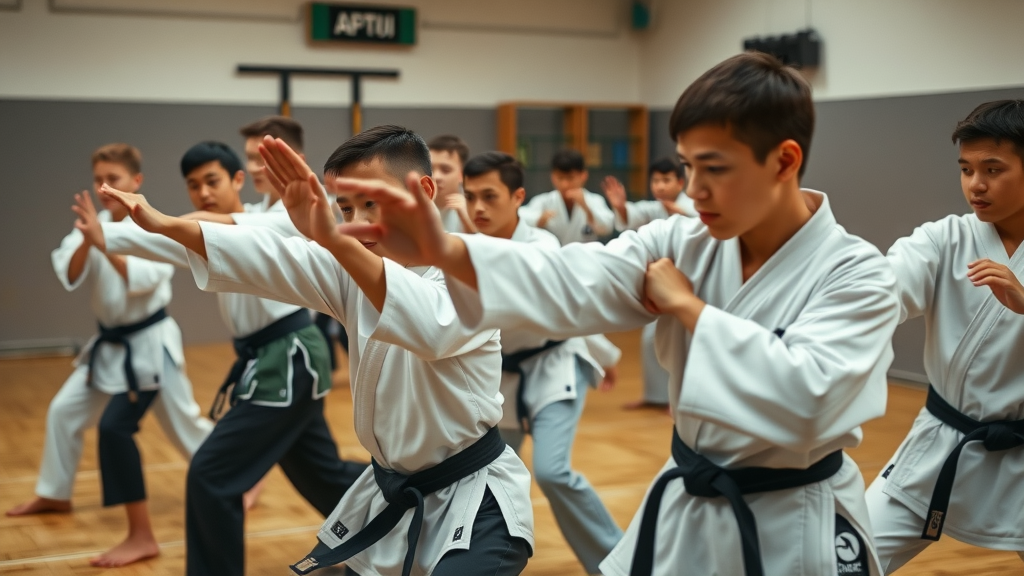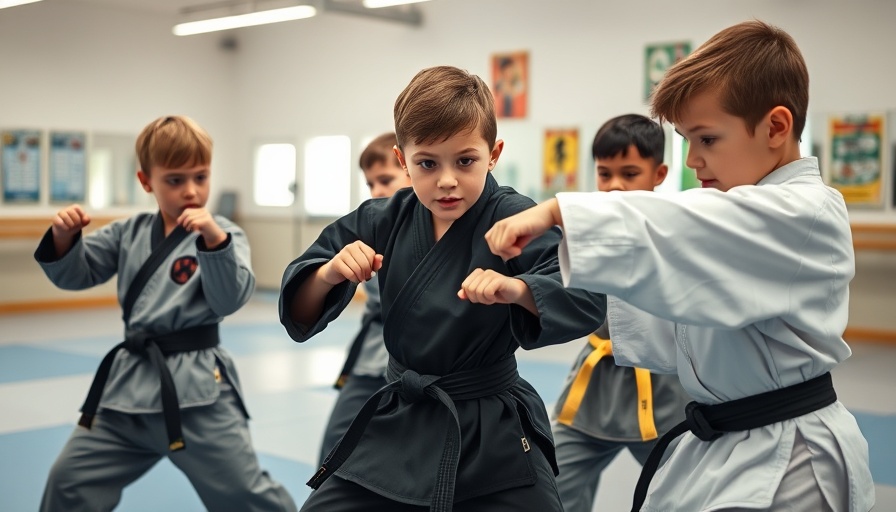
Understanding the Fundamentals of Striking: Insights from Scott Sievewright
In the world of martial arts, mastering striking is crucial, and Scott Sievewright, cofounder and Head Coach of Primal MKE, offers a refreshing perspective on how to achieve this mastery. His recent discussions highlight the importance of an ecological approach to striking, emphasizing that effective training goes beyond merely learning techniques—it also involves understanding the environment and the dynamics of real combat situations.
Ecological Approach: A Game-Changer in Training
Sievewright’s ecological approach prioritizes live, unscripted sparring from the very beginning of training. Traditional methods often rely on isolated drills that do not translate well to actual combat. In contrast, Sievewright argues that exposing students to realistic training scenarios helps them adapt their techniques on the fly, building a more robust skill set. This live training fosters vital adaptability, allowing martial artists to respond fluidly to unpredictable circumstances.
The Shift from Rigid Techniques to Flexible Skills
Research shows that skills typically emerge from interactions between athletes and their environments. Sievewright reinforces this by advocating that rather than strictly following set techniques, students should explore and find movement solutions that work for them. This not only aids in developing a personal fighting style but also enhances overall performance under pressure.
Building a Dynamic Skill Set
By focusing on adaptability, Sievewright’s method cultivates a dynamic skill set in his students. This aligns with findings in the field of ecological psychology, which highlight that direct perception and spontaneous action can lead to more effective decision-making during competition. The athlete’s ability to pick up cues from their opponent's movements can dramatically improve their responsiveness during real fights.
The Role of Sparring in Skill Development
One of the essential components in Sievewright's training philosophy is situational sparring. By structuring training environments that simulate the unpredictability of actual competitions, students learn to make quick, instinctive decisions. For instance, during drills, if fighters focus on striking while adapting to different scenarios, they become better equipped to handle various challenges during matches.
Emphasizing Individuality in Martial Arts
Each fighter brings unique qualities to the mats, and Sievewright champions an individualized approach to training. By allowing students the autonomy to experiment and find what feels right for them, they can develop effective techniques that resonate with their own strengths and styles. This contrasts sharply with traditional training models that often enforce a one-size-fits-all mentality.
Practical Tips for Aspiring Strikers
For those eager to hone their striking skills, it's vital to embrace the following practices:
- Engage in Live Sparring: Incorporate live rounds frequently to boost adaptability and reaction time.
- Focus on Situational Drills: Train in scenarios that mirror actual fighting conditions to enhance decision-making.
- Encourage Exploration: Allow yourself or your students to try various techniques and strategies, focusing on what works best for individual styles.
Final Thoughts on Striking Fundamentals
In summary, the fundamentals of striking extend beyond just learning the moves. Adopting an ecological approach as described by Scott Sievewright can revolutionize how martial artists train, making them well-rounded fighters capable of thriving in dynamic situations. By emphasizing live training, encouraging individuality, and fostering adaptability, students can significantly enhance their performance in the ring.
Ready to take your striking skills to the next level? Begin by integrating these principles into your training sessions and observe your growth as a martial artist.
 Add Row
Add Row  Add
Add 








Write A Comment